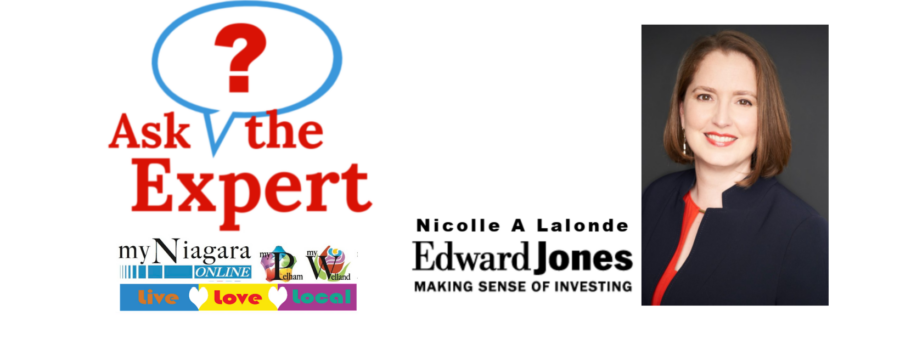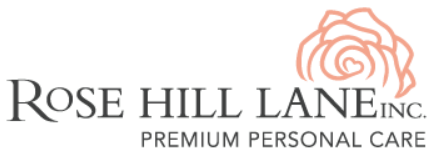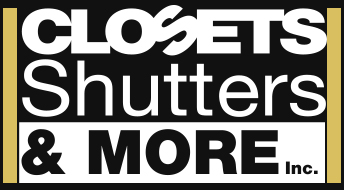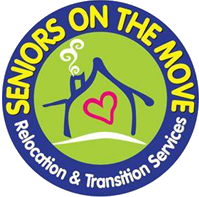If you have decades to go until you retire, you don’t need to panic over volatile financial markets – you have plenty of time to regain lost ground and potentially achieve more growth in your investment portfolio. But what if you are nearing retirement or already retired? After all, you will probably need to draw on your investments to pay for some of the costs associated with housing, food and the many other expenses you incur in daily life. So, is a down market cause for alarm?
It shouldn’t be. And you can help reduce your stress level by understanding your “reliance rate.” As its name suggests, your reliance rate tells you how much you rely on your portfolio – rather than other sources, such as CPP/QPP and OAS, your investments or an employer pension – to meet your income needs during retirement. So, for example, if you need $60,000 each year, and $40,000 comes from your portfolio, your reliance rate is 66 percent.
Your reliance rate can influence your emotions and investment behavior. A higher reliance rate may tempt you to make emotional decisions during a market decline, since your portfolio is supplying more of your needs. However, if you respond to a steep market drop by making dramatic changes to your portfolio, you may actually increase the likelihood that your money may not last. This is especially true if you move a large portion of your portfolio to cash, as cash does not typically provide growth potential to help keep up with inflation.
There is no “recommended” reliance rate for everyone, But, as a general rule, the higher your reliance rate, the more sensitive your portfolio may be to fluctuations in investment prices. What can you do, then, to either lower this rate or, at least, moderate the risk level attached to it? Here are some suggestions:
- Adjust your expenses. During retirement, some of your expenses, such as commuting and other costs associated with work, will go down, but others – like health care – may go up. You can’t control all these expenses, but the more you can keep them under control, the less pressure there will be on your investment portfolio to provide you with income.
- Review your plans for your Canada Pension Plan or Quebec Pension Plan (CPP/QPP)- The amount you will receive depends on many factors – the age you start taking your benefits, your average earnings throughout your life and how long and how much you have contributed. Many people will start taking their government pension at age 65, however, you can start drawing as early as age 60 or as late as 70 years of age. The monthly amount you receive will be reduced the earlier you start drawing and will increase to a maximum if you wait until 70 years of age. So, if you can afford to push back the date at which you start taking your benefits, you could lower your reliance rate – just remember to factor in all the relevant considerations, such as the impact a higher CPP/QPP could have on your marginal tax rate.
- Review your plans for Old Age Security (OAS) – OAS may be taken beginning at age 65 and can be deferred for up to 60 months in exchange for a higher monthly amount.
- Keep cash and short-term investments in your portfolio. Try to keep about one year’s worth of living expenses in cash or cash equivalents, and about three to five years’ worth of expenses in GICs and other short-term income-producing vehicles. Having these assets available can help you avoid liquidating long-term investments when their prices are down.
Your investment portfolio will certainly be a key source of your retirement income. And by understanding how reliant you are on your portfolio, and the options you have for reducing this reliance, the better prepared you’ll be to withstand the inevitable market downturns.
This article was written by Edward Jones for use by your local Edward Jones Financial Advisor, Nicolle Lalonde.
 Back to myNiagaraOnline
Back to myNiagaraOnline
































